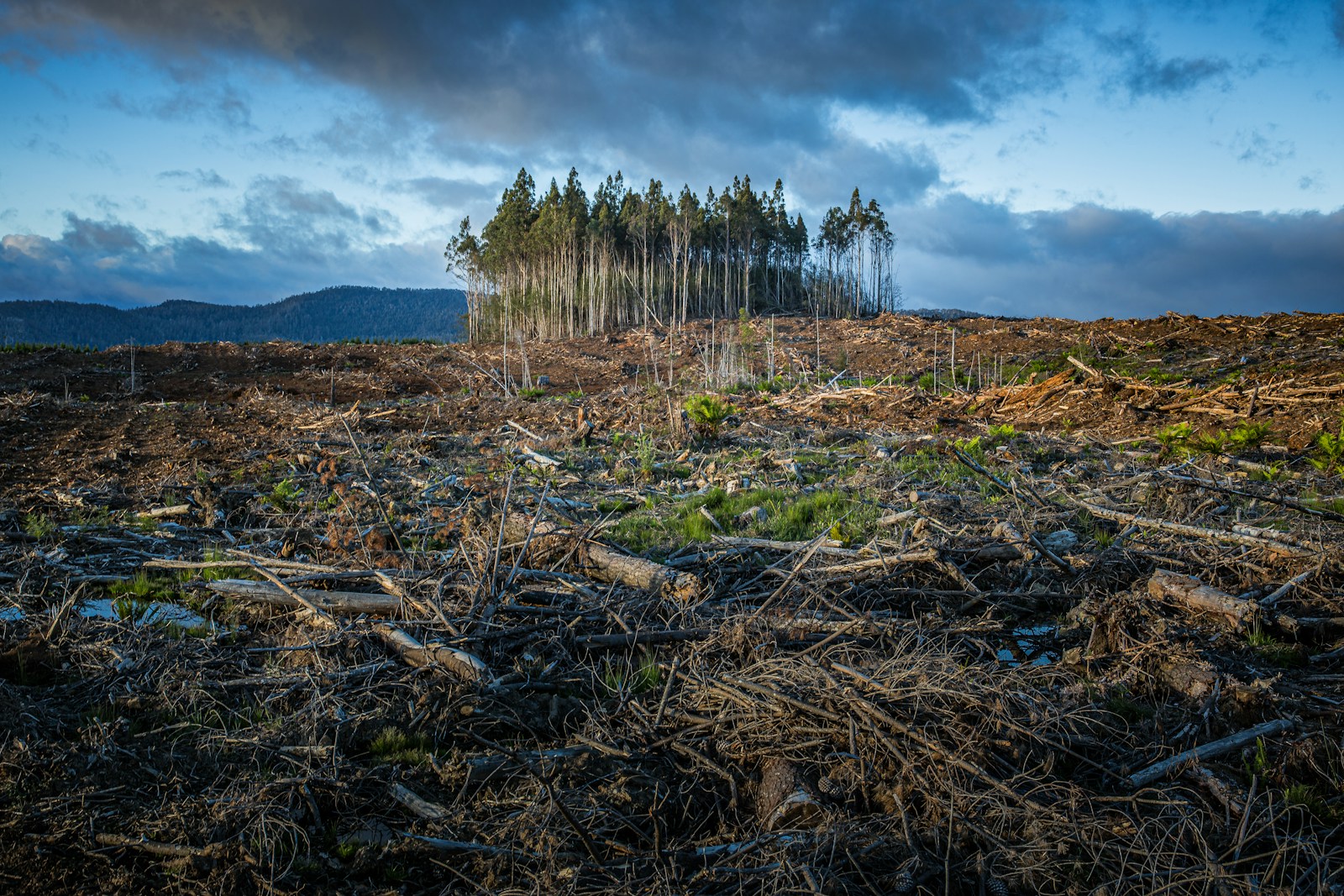As the effects of climate change continue to build and occur with more frequency and ferocity, and resultant catastrophic events, will it be possible to harness technology to predict and ameliorate the effects? Advanced technology in the form of digital twins — the subject of the novel interTwin project — enables the understanding of Earth’s diverse water systems and finally finding a solution for the salvation from the effects of climate change.
This has further underlined the need to be under great urgency in dealing with the issue of climate change. But just as world leaders keep bungling in efforts to put the right actions that are urgently needed, a growing technology in the likeness of digital twins presents a silver lining. Tailored for the prediction and management of water-based natural disasters, including floods and droughts, the solution developed by InterTwin develops a highly detailed model of the Earth’s water cycle.
The Complexity of Modeling Water on Earth
Although this water cycle looks very simple in theory, in reality, it is conditioned by a great number of factors both of anthropogenic activity and climate change, as well as complicated geographical features. This makes the prediction of either floods or droughts quite challenging.

Dr. Luca Brocca of the National Research Council of Italy highlights the importance of detailed modeling: “Simulating the Earth at high resolution is very complex, and so basically the idea is to first focus on a specific target.”
To tackle this complexity, Brocca and his team developed digital twin case studies for the terrestrial water cycle in the Mediterranean Basin.
Building the Digital Twin
Digital twins are a virtual copy of a physical entity or system, allowing many more experiments to be run on them without the real likelihood of damage. A digital twin of Earth, constantly updated by the minute with new data, enables modeling of best- and worst-case scenarios, assessment of risk, and monitoring evolution of hazardous conditions to happen. This information is very important for sustainable development to protect the people from disasters.
The interTwin project integrates vast amounts of satellite data, including measurements of soil moisture, precipitation, evaporation, river discharge, and snow depth. This high-resolution data, collected as frequently as once every kilometer and every hour, enhances the accuracy and detail of the models. Brocca emphasizes the synergy between satellite missions and scientific research: “This project is a perfect example of the synergy between cutting-edge satellite missions and the scientific community.”
From Data to Decision-Making
The primary use-case for these digital twin models is to improve flood and landslide prediction and optimize water resource management. Initially focusing on the Po River valley, the project has expanded to cover other parts of the Mediterranean basin and aims to encompass all of Europe. Future collaborations will apply these principles globally, making it possible to manage water resources and predict natural disasters more effectively.
The interactive tool developed by the interTwin project allows non-experts, including decision-makers and citizens, to run simulations and visualize potential risks. This democratization of data and modeling is vital for proactive planning and disaster preparedness. As Brocca notes: “Collaborations like this, coupled with investments in computational infrastructures, will be crucial for managing the effects of climate change and other human impacts.”
Overcoming Challenges with AI & Machine Learning
While digital twin technology holds great promise, it faces several challenges. These include delays in satellite data transfer, the need for more ground observations to validate satellite data, and the increasing complexity of the algorithms required to process the data. No model is perfect, and satellite data can contain errors. Artificial intelligence and machine learning thus provide important tools for overcoming such challenges. These enhance data analysis, collection, and processing speed in a way that hastens the assessment of data quality to improve the accuracy and effectiveness of digital twin models.
“The collaborative efforts of scientists, space agencies, and decision-makers promise a future where Digital Twin Earths for hydrology provide invaluable insights for sustainable water management and disaster resilience.”
— Dr. Luca Brocca
A Drought Early Warning System for the Alps
One specific application of the interTwin project is the development of a drought early warning system for the Alps. The Alps are known by the name of the water tower of Europe. The changing climate is linked up with the drought events in the Alps, where the drought events are continuously increasing. In the Alps, the physically based hydrological models have been used to simulate the water cycle and the extreme events for the historical period.However, these models require substantial data and lengthy calibration processes.
The interTwin project combines process-based hydrological models with machine learning methods to improve the fine-scale representation of surface processes and conditions within operational hydrological models. This approach supports the development of a drought early warning system and prediction at a river basin scale.
Broader Implications & Future Prospects
The success of the interTwin project in the Mediterranean Basin and the Alps points towards the technological promise of how transformation will occur using digital twins in water resource management and disaster forewarning. Digital twins will thus provide the depth of detail and accuracy in the models that allow entirely new levels of informed decisions and proactive planning, tremendously reducing risks and impacts of disasters. In fact, climate change is increasingly challenging, and advanced technology, such as digital twins, is going to be integrated for adaptation as well as for mitigation efforts more and more. For the implementation of adaptation and mitigation activities related to climate change, advanced technologies using artificial intelligence, machine learning, and others have a big role to play. We have the tool to understand our environment better and with that manage resources better, ultimately also better protecting vulnerable populations from the deadly forces of natural disasters. We are in every way past the dawn of a technological future that is synonymous with sustainability.
If you found this article to be informative, you can explore more current Digital Twin news here exclusives, interviews, and podcasts.













